Livepeer is a decentralized live video streaming protocol developed on the Ethereum blockchain, allowing users to transcode videos in real time based on requests.
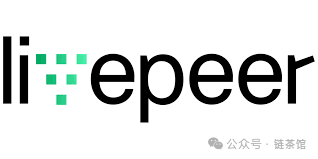
Based on the scalable Platform as a Service (PaaS), Livepeer is suitable for startups and organizations looking to add live or on-demand video to their products. Its core is an Ethereum-based video transcoding protocol (reformatting videos to fit various bandwidths and devices), designed to provide an economically efficient, secure, and reliable infrastructure to meet today's high demand for video streaming.
Unlike other traditional video streaming service providers (such as YouTube), Livepeer does not store, manage, or transmit videos. It utilizes unused CPU resources, allowing users to broadcast live videos or integrate video streams into their applications and websites, greatly simplifying the process for video publishers and providing a more cost-effective solution.
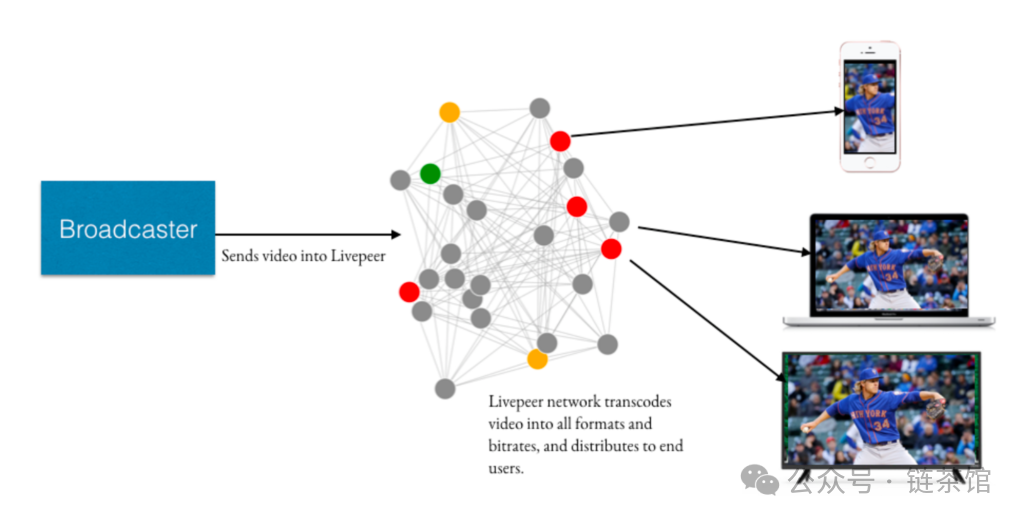
In addition, the network uses a modified version of the Delegated Proof of Stake (DPoS) consensus mechanism, where mining is not required, and new blocks are validated through token staking. Its native token is LPT, a utility token based on the Ethereum blockchain's ERC-20 standard, which users can use to ensure the security of work on the network.
Operation Principle
The core operation of Livepeer is based on the Ethereum video transcoding protocol, which distributes video transcoding tasks through a decentralized network. This protocol aims to provide an economically efficient and secure infrastructure to meet the high demand for video streaming today.
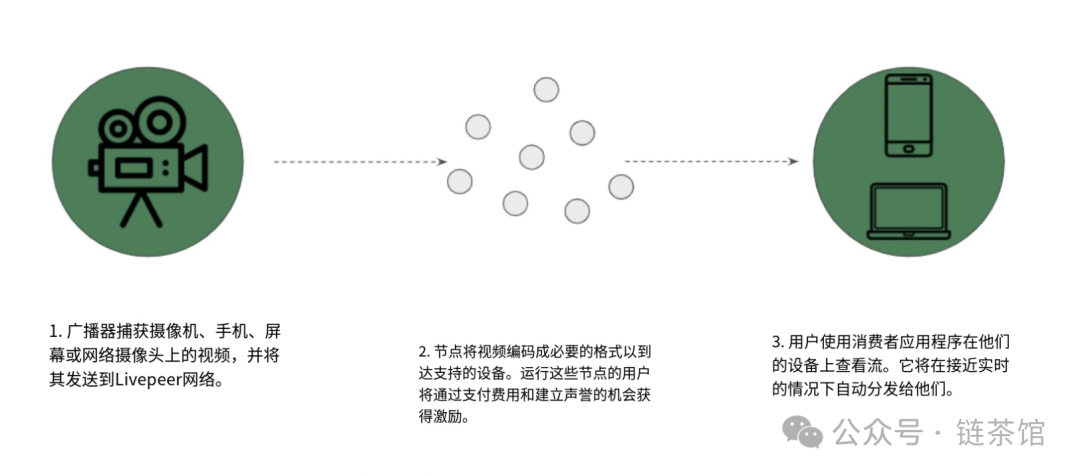
Here is a detailed introduction to how it works:
- Video transcoding process
- Sending video streams
Content creators or broadcasters send the original video stream to the Livepeer network. These broadcasters may be individuals, companies, or any entity in need of video transcoding services.
Reception and Transcoding Task Allocation
In the Livepeer network, nodes called "orchestrators" receive these video streams. Orchestrators are nodes that contribute their computing resources (CPU/GPU) and network bandwidth to participate in network activities.
Orchestrators perform initial processing on the received video streams and are responsible for allocating transcoding tasks to specific transcoders. These transcoders are typically GPUs or other specialized hardware with video encoding capabilities.
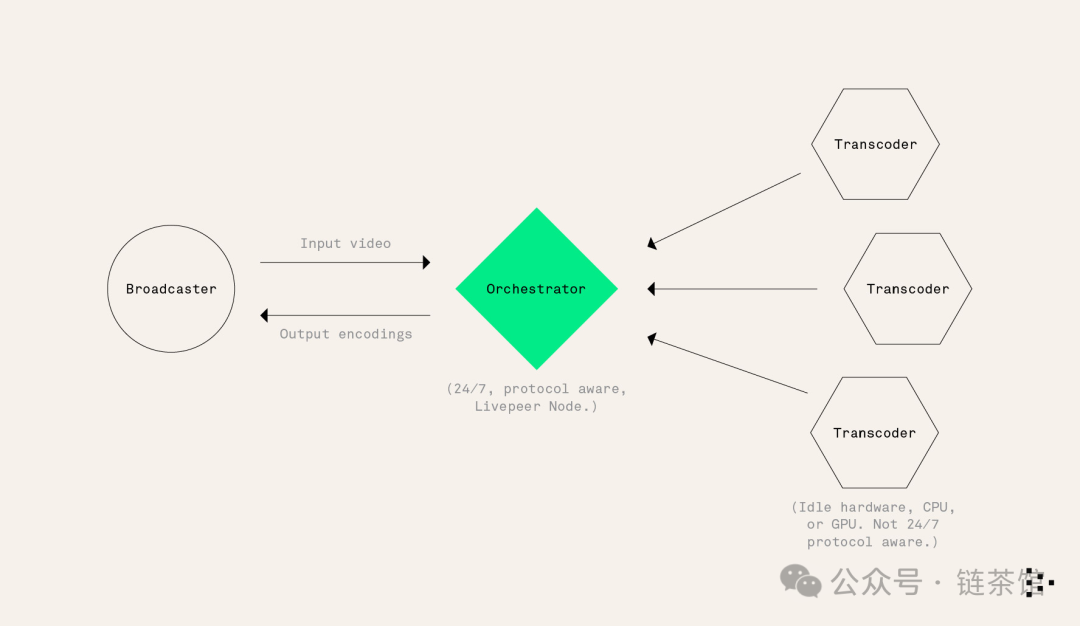
Transcoding Execution:
Transcoders receive the video stream from the orchestrator and convert the video from its original format to formats suitable for different screen sizes and network speeds as needed. This includes adjusting resolution, bit rate, and encoding format changes.
During transcoding, the video file is re-encoded to ensure compatibility and optimal playback on the target device.
Return of transcoded video:
Once the video transcoding is complete, the transcoder sends the transcoded video stream back to the orchestrator. The orchestrator is responsible for reviewing these video streams for quality and returning the final video stream to the video broadcaster or directly publishing it to the designated platform.
Costs and Incentives:
In the Livepeer network, broadcasters need to pay Ether (ETH) for transcoding services. These fees are paid to orchestrators and transcoders participating in transcoding as compensation for providing computing resources and bandwidth.
The amount of LPT tokens held by orchestrators and transcoders also determines how many transcoding tasks they can receive in the network, with the amount of staked LPT tokens being directly proportional to the number of transcoding tasks received.
Consensus Mechanism
Livepeer adopts a special consensus mechanism that combines the security of Ethereum with a layer specifically designed for its network operations to handle specific tasks and reward distribution.
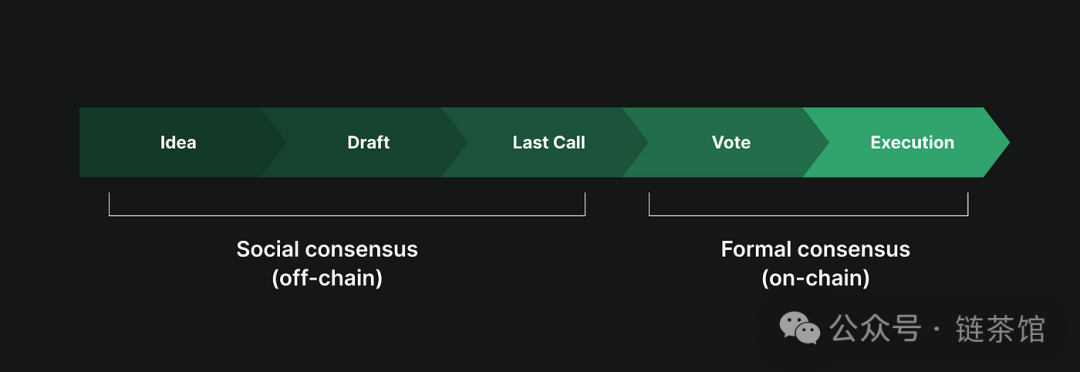
This consensus mechanism is mainly divided into two layers. Here are detailed introductions to these two layers of the consensus mechanism:
Ethereum Blockchain Layer
The first layer of the Livepeer network's consensus mechanism relies on the Ethereum blockchain. In this layer, all transactions and interactions with smart contracts are recorded and verified. This includes transactions of LPT tokens, staking and unstaking events, as well as payment and fee processing.
Leveraging the security of the Ethereum blockchain, this layer ensures that all financial operations of the Livepeer network are transparent and tamper-proof. It also provides basic security guarantees by utilizing Ethereum's widespread acceptance and stability.
Delegated Proof of Stake (DPoS) Layer
The second layer of the consensus mechanism is based on Delegated Proof of Stake (DPoS), specifically handling validation and reward distribution related to video transcoding tasks. In the DPoS model, LPT token holders can choose to become "orchestrators" or delegate their tokens to other orchestrators.
Orchestrators act as validation nodes of the network, responsible not only for video transcoding but also for validating the transcoding work of other nodes. This layer's consensus mechanism ensures that transcoding tasks are completed correctly and that the transcoding results meet expected quality standards.
Orchestrators validate the results of video stream processing and participate in the generation and distribution of new LPT tokens. This mechanism promotes the normal operation and development of the network, encouraging participants to maintain honest and efficient behavior.
Practical Operation of the Consensus Mechanism
In the Livepeer network, when an orchestrator completes a transcoding task, they can independently verify the correctness of the work or delegate it to other orchestrators for cross-validation. Since the cost of verifying all work can be very high, Livepeer uses random sampling to verify the accuracy of the work, significantly reducing operational costs while maintaining network security and reliability.
LPT tokens play a crucial role in this process, serving as a "security deposit." If an orchestrator behaves improperly (such as providing incorrect transcoding results), their staked LPT may be forfeited, increasing the risk cost of malicious behavior.
Through this two-layer consensus mechanism, Livepeer is able to maintain efficiency and cost-effectiveness while ensuring the security and reliable operation of the network. This structure leverages the powerful features of the Ethereum blockchain and optimizes operations specific to video transcoding services through the unique design of the DPoS layer.
LPT Token
The LPT token is the native token of the Livepeer network, based on the ERC-20 standard of the Ethereum blockchain.
Use Cases and Functions
LPT tokens are used to incentivize network participants, including video transcoders (referred to as "orchestrators" in the network) and token holders ("delegators"). Orchestrators are responsible for handling video transcoding tasks, while delegators support specific orchestrators by staking LPT tokens, helping to maintain network security.
Users holding LPT tokens can participate in governance decisions of the Livepeer network, voting on the future direction of the network and protocol updates.
- Voting and Governance
- Network Security and Incentives
- Economic Model
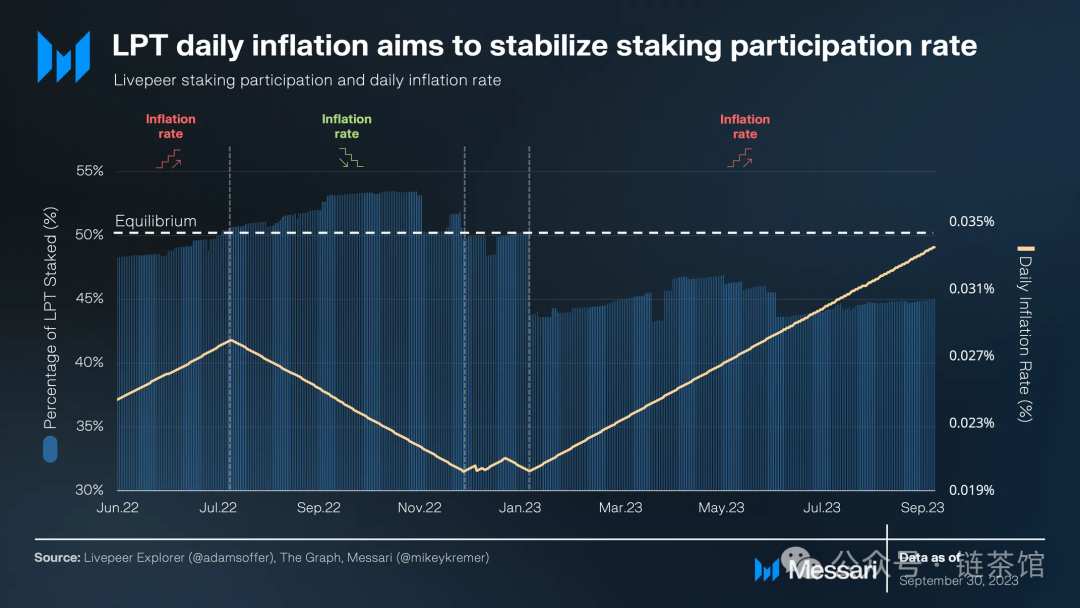
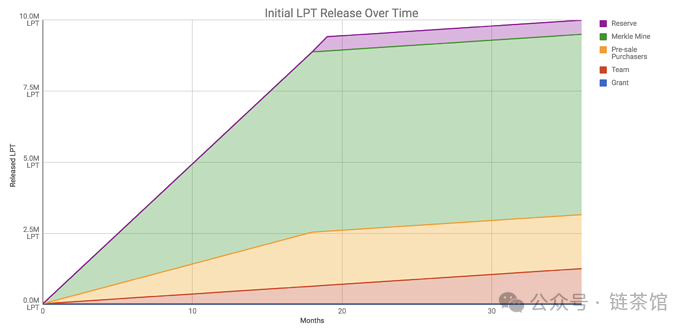
The total number of issued LPT tokens is 22,858,012, with approximately 12.35% held by the founding team and unlocking after three years. About 19% of the tokens were sold in the presale, while 63.437% were allocated for public trading. 0.213% was distributed to a few early advisors and contributors who helped kickstart Livepeer. 5% is used to maintain and develop the Livepeer platform to ensure the longevity of the Livepeer project.
LPT is an inflationary token with no set maximum supply limit. Through inflation, new LPT tokens are created and distributed to participants actively involved in network operations, such as orchestrators and delegators supporting them. This reward mechanism encourages more users to join and support the network, rewards active participants, provides incentives for new participants over time, and increases its decentralization and security.
The inflation rate of LPT is not fixed but dynamically adjusted based on the overall network's staking rate. The staking rate refers to the proportion of circulating LPT tokens staked in the network to support orchestrators' operations.
- Token Distribution
- Inflation Mechanism
- Token Acquisition
- Network Participation Rewards
The primary way to acquire LPT tokens is by participating in video processing work on the Livepeer network, especially as an orchestrator or transcoder. These roles involve participating in video transcoding tasks and providing necessary computing resources and bandwidth to the network in exchange for LPT tokens as rewards.
Staking and Token Rewards
Users can participate in network maintenance by staking LPT tokens to an orchestrator, a method known as Delegating. Delegators stake their tokens to support a specific orchestrator and receive a portion of the transcoding task rewards based on the proportion of their staked amount.
Initial Token Distribution
During the initial launch of the Livepeer network, tokens were initially distributed through public sales, private placements, or initial coin offerings (ICOs), providing early investors with entry opportunities.
Community and Developer Incentives
The Livepeer community may reward its members and developers with LPT tokens through various incentive measures such as bounty tasks, development grants, or creative competitions. These activities aim to drive the technical development of the network and community participation.
Livepeer Ecosystem
- Delegators
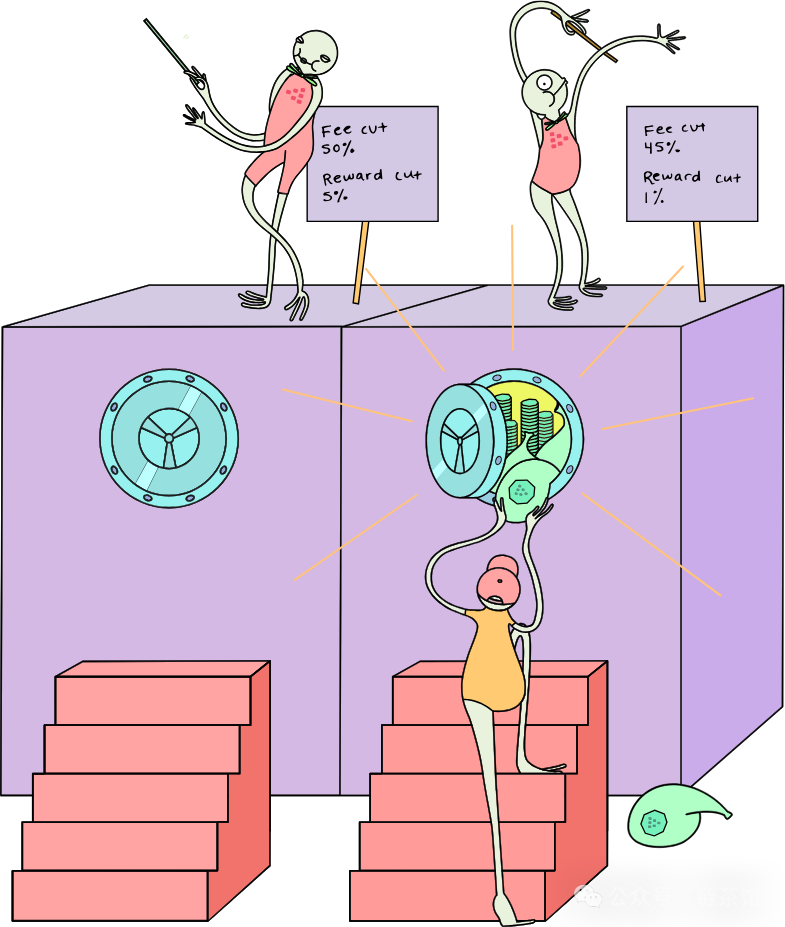
Delegators in the Livepeer ecosystem are individuals or entities that stake their Livepeer tokens (LPT) in the network to participate in network consensus and receive rewards. They delegate their LPT to node operators running Livepeer software and performing transcoding work on the network. In return for delegating, they can receive a portion of the node operator's rewards.
- Orchestrators

Orchestrators in the Livepeer ecosystem are node operators providing transcoding services to the network. They run Livepeer software for video transcoding and distribute video segments on the network. Orchestrators compete with each other to perform transcoding work and earn service fees. They also participate in network consensus by holding their own Livepeer tokens (LPT) and can earn additional rewards when selected to validate transactions and create new blocks on the Livepeer blockchain.
- Node Operators
Node operators are responsible for processing video sources and converting them into various formats to fit different devices and network configurations. Node operators form the foundation of the Livepeer network and benefit in the form of Livepeer native tokens (LPT) for their participation in the network.
- Transcoder Operators
These are also node operators selected to process and transcode videos into various formats. In addition to the benefits of network participation, they also receive payment for transcoding services.
- Video Producers
Individuals or businesses creating video content and delivering it to the Livepeer platform for processing are referred to as video producers. To ensure their content is delivered at high quality and reaches a wider audience, they may decide to pay for transcoding services.
- Users
People watching video content distributed through the Livepeer network are referred to as users. Without the need for specialized hardware or software, they can access video content through a range of tools and enjoy high-quality video streams.
- Video Miners
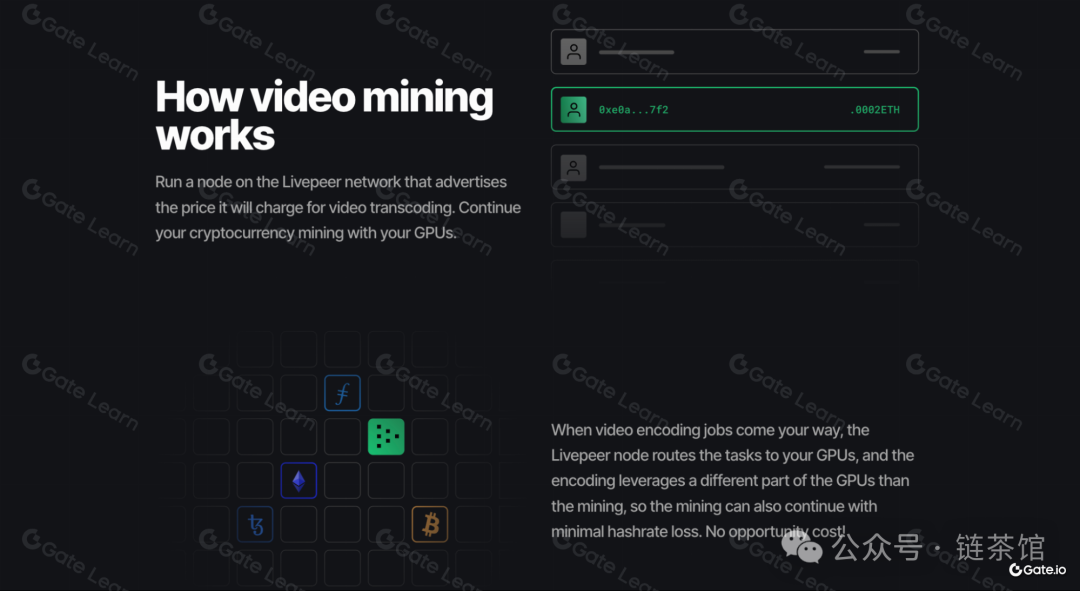
Video miners in the Livepeer ecosystem are individuals providing computing resources to process and transcode video streams for the network. By participating as video miners, they help ensure the scalability and reliability of the network and, in return, receive LPT as rewards for their contributions. The amount of LPT received by video miners is proportional to the processing power and bandwidth they provide to the network.
- Token Holders
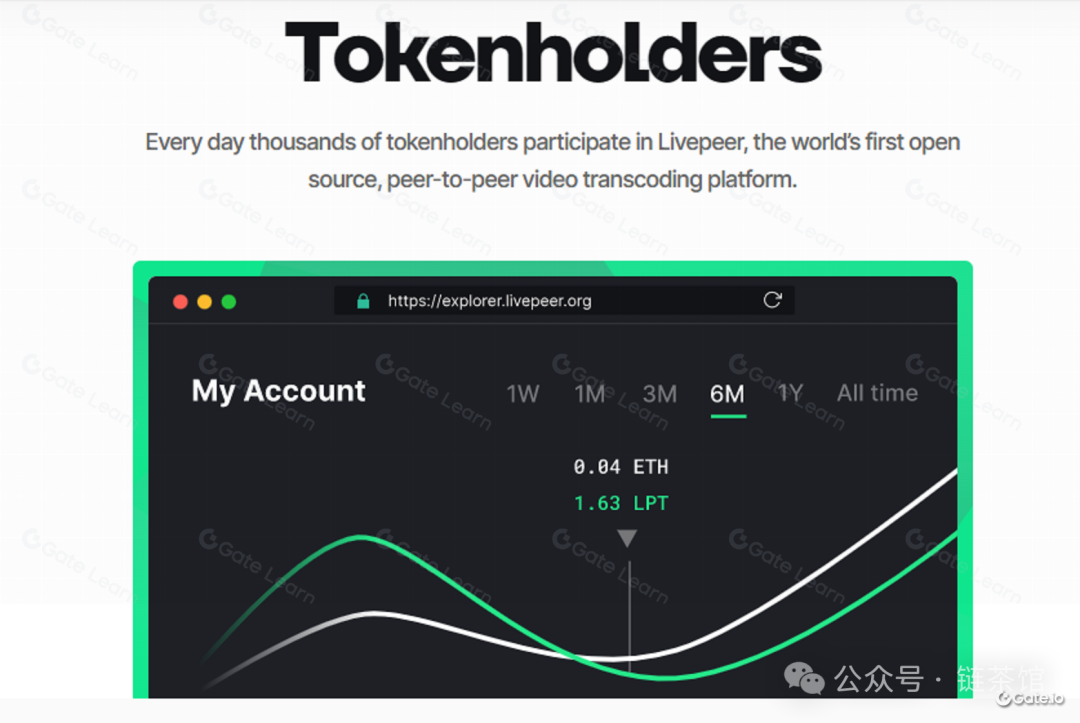
Token holders have the ability to participate in network governance by voting on protocol upgrades and changes, and they can also receive a portion of network transaction fees as rewards. All transactions and interactions within the Livepeer ecosystem are recorded on the Ethereum blockchain, ensuring transparency. This allows everyone in the ecosystem to rely on the network and the services it provides.
Livepeer Team/Collaboration/Funding/Investment Situation
Team
Livepeer was launched by Doug Petkanics and Eric Tang in March 2017. Livepeer is an open-source protocol on GitHub, allowing developers to freely contribute to the core code. On the other hand, Livepeer Inc., co-founded by Petkanics and Tang, is the legal entity behind the project. Petkanics serves as the CEO, bringing engineering and entrepreneurial experience, while CTO Tang has a strong technical background. The team consists of individuals with different skills in technology, business development, and blockchain, dedicated to creating a decentralized solution for video streaming.
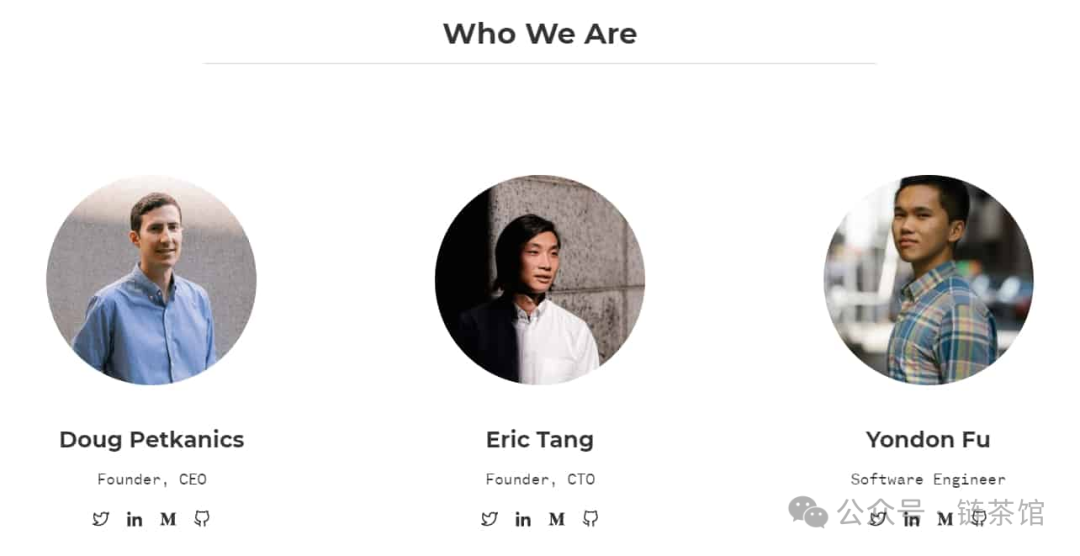
Partnerships
Livepeer has established partnerships with several companies and organizations to help drive the adoption and use of its technology. These include:
ETHDenver: Livepeer collaborates with ETHDenver to provide video infrastructure for the world's largest Ethereum hackathon.
DLive: DLive is a decentralized streaming platform that partners with Livepeer to provide decentralized and more scalable video infrastructure for its users.
Hashed: Hashed is a cryptocurrency investment firm that has invested in Livepeer and collaborates to promote the adoption of decentralized video infrastructure.
Parity Technologies: Livepeer collaborates with Parity Technologies to provide secure and scalable infrastructure for decentralized video streaming.
Band Protocol: Band Protocol is a decentralized oracle platform that collaborates with Livepeer to provide secure and decentralized data for video streaming applications.
Funding Status
Livepeer has raised a total of $48 million in funding, distributed across four funding rounds.
The most recent round known is the B-II Series on January 5, 2022, raising $20 million.
Investors in the funding include Alan Howard, Digital Currency Group, Northzone, Tiger Global Management, and Warburg Serres Investments, among others.
In addition to public funding rounds, Livepeer may have conducted other private or seed funding rounds.
Acquisitions and Investments:
Livepeer acquired MistServer, a streaming server solution, completed on November 8, 2021.
Livepeer made a seed round investment in the Web3 Working Group, completed on December 1, 2022, indicating that Livepeer is not only developing itself but also investing in and supporting other technologies and projects in the ecosystem.
Project Advantages
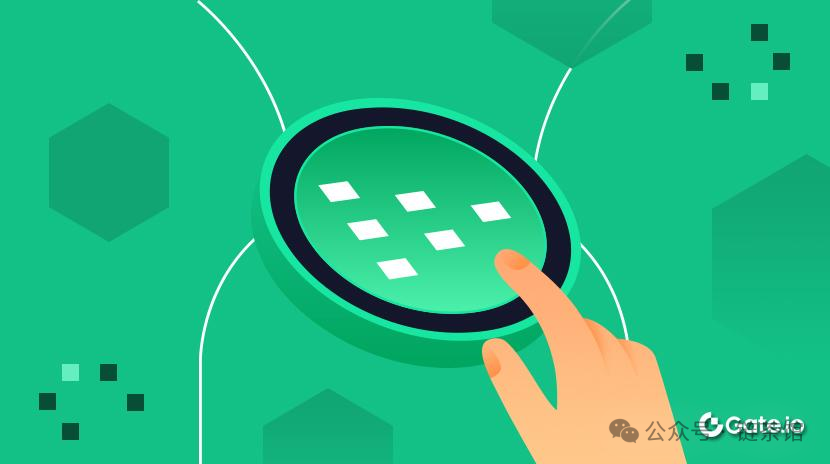
High-Quality Video: Livepeer uses blockchain technology to create a decentralized node network for video transcoding, resulting in high-quality video streams.
Community-Driven Development: Livepeer is an open-source project, meaning its development is driven by developers and user communities. This will lead to a more user-friendly and innovative platform.
Token Incentives: Livepeer uses its own token LPT to incentivize participants to contribute to the network. For example, transcoders are incentivized to provide high-quality video streams by receiving rewards in the form of LPT tokens.
Privacy: Livepeer allows users to stream video content without revealing their identities, as it operates on a decentralized network. This enhances privacy compared to centralized video streaming platforms, which may collect personal information for advertising or other purposes.
Scalability: Livepeer is designed to scale with the growth of the network, meaning it can handle an increasing number of users and video streams without compromising performance.
Reduced Latency: Livepeer's decentralized node network helps reduce latency in video streaming, resulting in a smoother and more responsive video playback experience.
Project Disadvantages
Competition from Centralized Platforms: Livepeer faces competition from centralized video streaming platforms such as YouTube, Twitch, and Facebook. These platforms have significant advantages in resources and market share, making it challenging for Livepeer to achieve widespread adoption.
Regulatory Risks: The regulatory environment for decentralized platforms is uncertain, and governments may enact regulations that negatively impact the use and adoption of Livepeer.
Security Risks: Like any decentralized platform, there is a risk of hacking attacks or other malicious activities. The decentralized nature of Livepeer makes it more susceptible to such attacks, with the risk of potential loss of user data and funds.
Technical Complexity: The technical complexity of the Livepeer platform may make it challenging for non-technical users to understand and effectively use the platform. This could limit Livepeer's adoption, especially among individuals unfamiliar with blockchain technology.
Limited Use Cases: Currently, the primary use case for Livepeer is decentralized video streaming, but it is unclear to what extent the platform will be used for this purpose. If the platform does not achieve widespread adoption, it may struggle to fully realize its potential and provide investment returns for users.
Dependency on Ethereum: Since Livepeer operates on the Ethereum network, it relies on the stability and security of the Ethereum blockchain. Any issues with Ethereum could have a negative impact on Livepeer and its users.
Limited Decentralization: While Livepeer aims to be a decentralized platform, there is a risk that if a small number of nodes ultimately control the majority of the network's computing power, it could become centralized over time. This could compromise the platform's decentralization and increase the risk of malicious activities.
Future Development Predictions
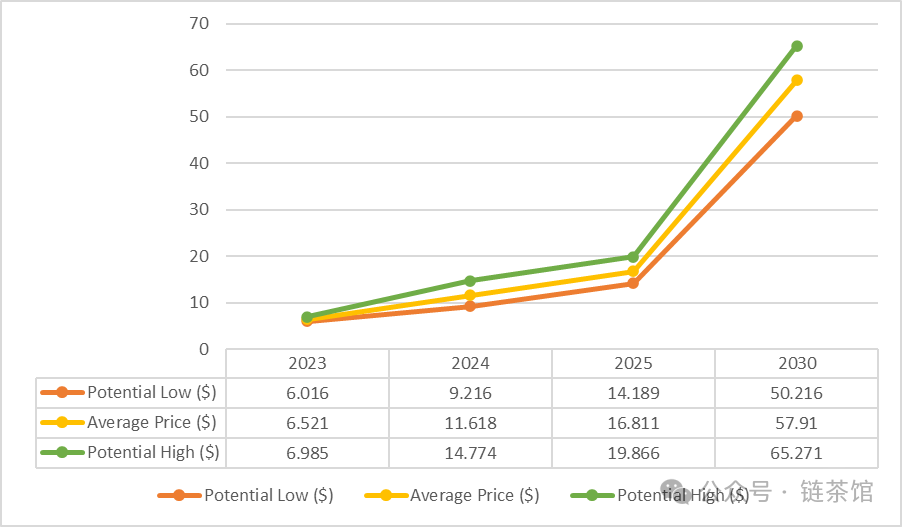
By the end of 2024, the price of LPT may reach a high of $14.774, attracting more blockchain investors.
LPT Price Prediction for 2025: The live streaming market is rapidly growing. The Livepeer team aims to capitalize on this trend and promote decentralization throughout the system. With significant updates and interesting new features, by 2025, the price of LPT may reach $19.866. Additionally, if the token does not experience any major fluctuations, the average trading cost may be $16.811. However, if short positions outnumber long positions, the price may bottom out at $14.189.
Livepeer Price Prediction for 2026: According to our analysts, the price of LPT tokens in 2026 may range between $18.25 and $25.66, with an average price of around $21.87.
LPT Price Prediction for 2027: According to our analysts, the price of Livepeer in 2027 may range between $23.94 and $31.10, with an average price of around $27.31.
Livepeer Prediction for 2028: According to our analysts, the price range for LPT cryptocurrency in 2028 may be between $35.26 and $47.86, with an average price of around $41.61.
LPT Token Price Prediction for 2029: According to our analysts, the prediction for Livepeer in 2029 may range between $42.16 and $55.18, with an average LPT token price of around $48.01.
Livepeer Price Prediction for 2030: According to our analysts, the prediction for LPT in 2030 may range between $50.21 and $65.27, with an average price of around $57.91.
Project Summary
The Livepeer project is an innovative integration of video streaming and blockchain technology. It aims to change the operation of the traditional video streaming industry, reduce costs, improve quality, and enhance privacy through the decentralized and incentive mechanisms of blockchain. Despite facing competition, technical, and regulatory challenges, with the continuous maturity of blockchain technology and the growing demand for decentralized services in the market, Livepeer has the opportunity to become a disruptor in the video streaming industry. In the future, Livepeer needs to continue innovating, expanding use cases, and ensuring the stability and security of the network to realize its vision in the decentralized video services field.
免责声明:本文章仅代表作者个人观点,不代表本平台的立场和观点。本文章仅供信息分享,不构成对任何人的任何投资建议。用户与作者之间的任何争议,与本平台无关。如网页中刊载的文章或图片涉及侵权,请提供相关的权利证明和身份证明发送邮件到support@aicoin.com,本平台相关工作人员将会进行核查。




